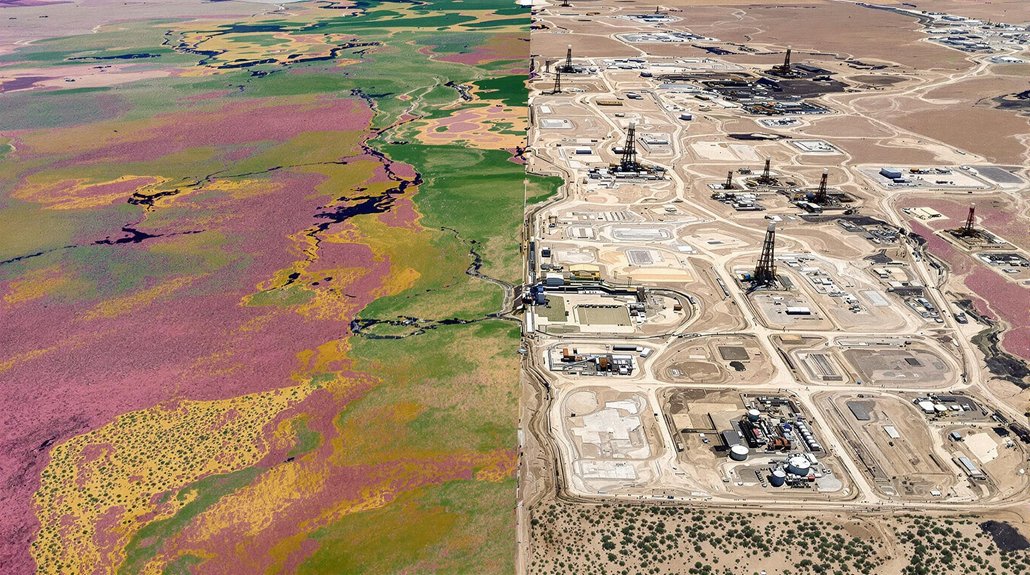Federal agencies are moving away from paper-based NEPA reviews as part of a major technology upgrade. This change comes from a presidential order to make environmental permitting faster and more transparent. Digital systems will help agencies work together and give the public better access to documents. Some communities with limited internet might face challenges. The government’s push toward digital processes aims to support environmental goals by 2050. What will this mean for project timelines?
Federal agencies across the United States are shifting away from traditional paper documents in a major overhaul of environmental review processes. A presidential memorandum now directs all federal agencies to maximize the use of digital technology throughout the National Environmental Policy Act (NEPA) review process. This change is part of Executive Order 14154, which focuses on improving efficiency in energy infrastructure permitting.
The government’s main goal is to eliminate delays caused by manual paper processing. Digital systems are expected to increase transparency and make environmental reviews more accessible to the public. Data-driven platforms will help different agencies work together more effectively during reviews. The alteration aims to create standardized digital workflows that can handle the growing number of complex environmental submissions. The new Permitting Technology Action Plan must be submitted within 45 days and implemented within 90 days after release.
Digital transformation is eliminating paper delays while enhancing transparency, collaboration, and standardization across environmental review processes.
Recent regulatory changes have complicated this adjustment. The Council on Environmental Quality (CEQ) has removed existing NEPA regulations from the federal code. This means agencies must now revise their own NEPA procedures with a focus on digital efficiency. Without government-wide rules in place, agencies are currently relying on the original NEPA law and their own regulations.
The digital adjustment is expected to speed up environmental permitting timelines and lead to more focused, data-driven reviews. However, there’s uncertainty about implementation as agencies adapt to new procedures and digital platforms. While there might be initial delays due to adjustment challenges, the change offers opportunities for better tracking and reporting of environmental decisions. This streamlining could help accelerate the renewable transition needed to meet growing electricity demands projected to double by 2050.
Implementing this change requires developing secure digital systems, training agency staff, and integrating ongoing projects into new platforms. The presidential directive also establishes an Innovation Center within 15 days to design and test new digital permitting tools. Online systems are designed to expand public access to NEPA documents and increase participation in environmental decision-making. Some concerns exist about equitable access for communities with limited internet resources.
Despite these challenges, the federal government is pushing forward with this tech overhaul to streamline and expedite environmental reviews across all agencies.









